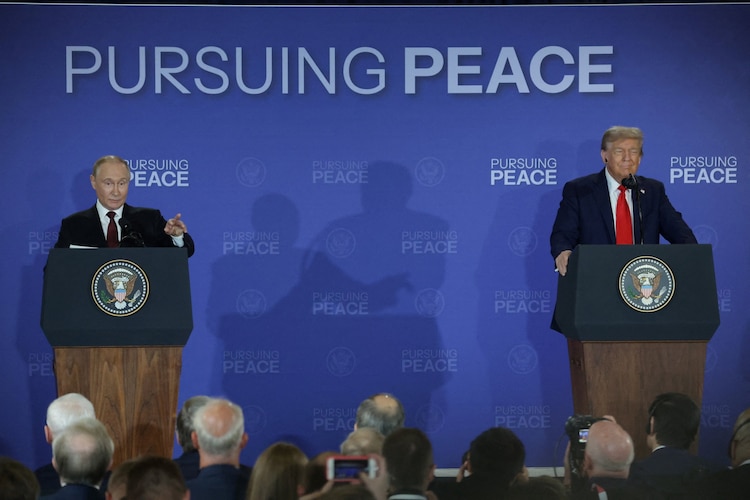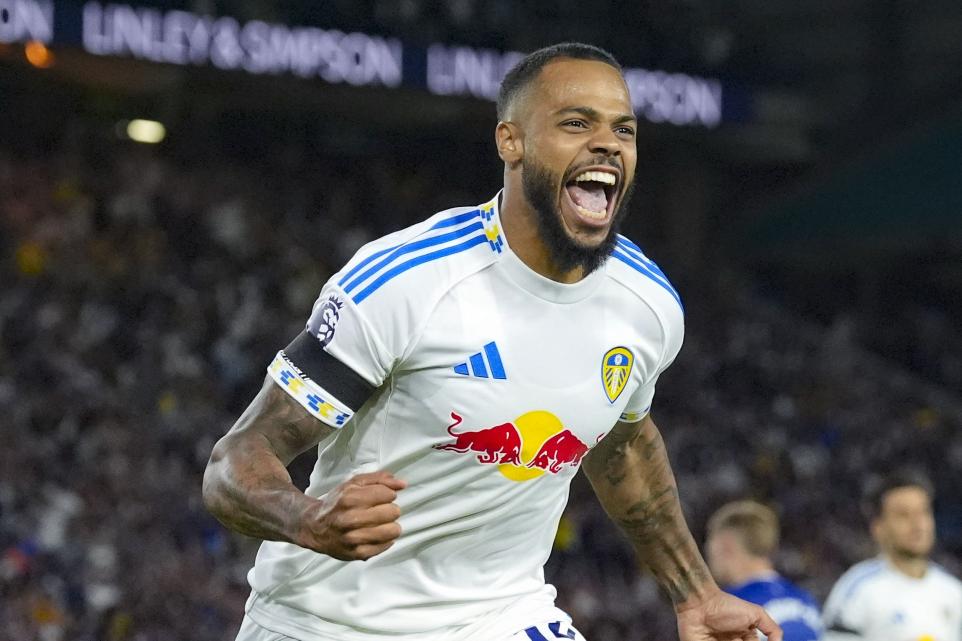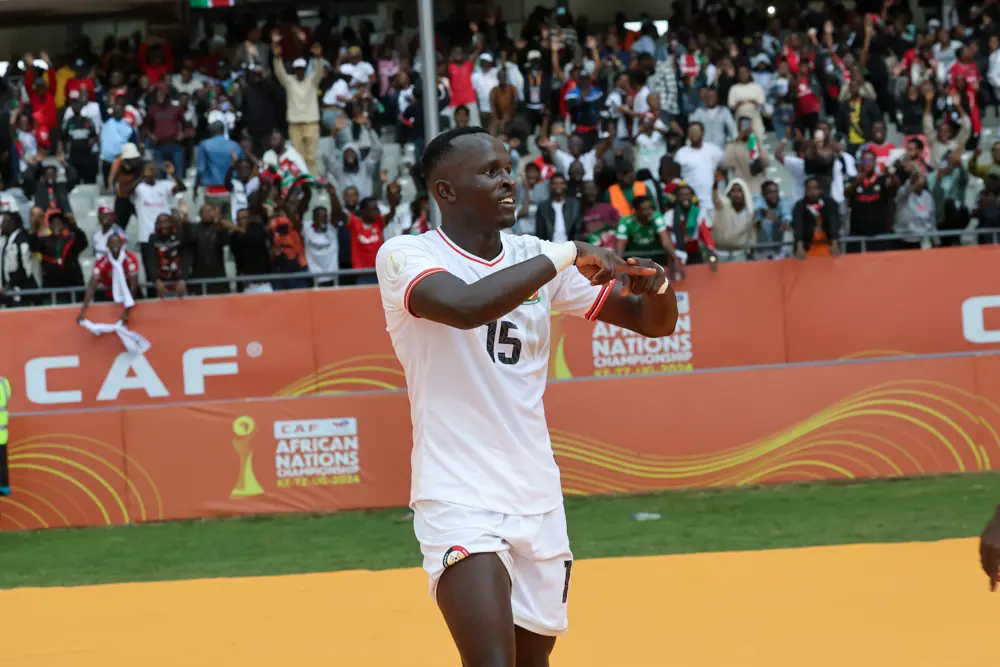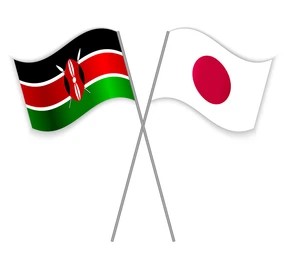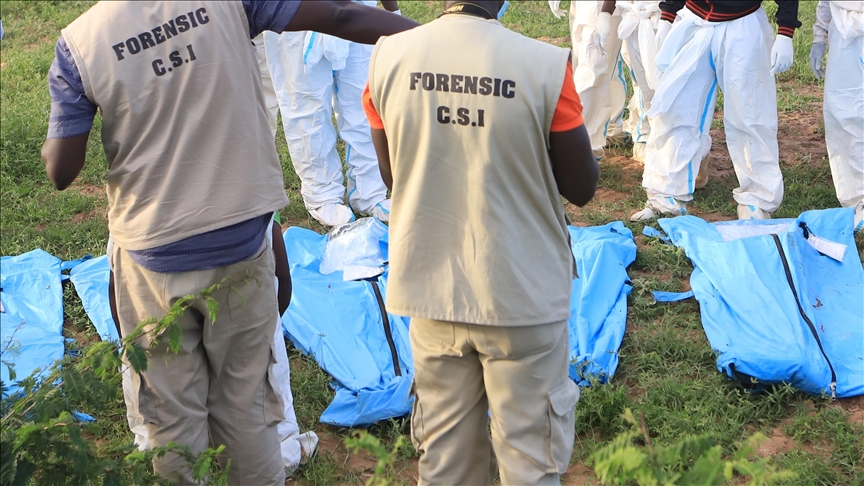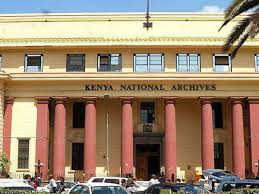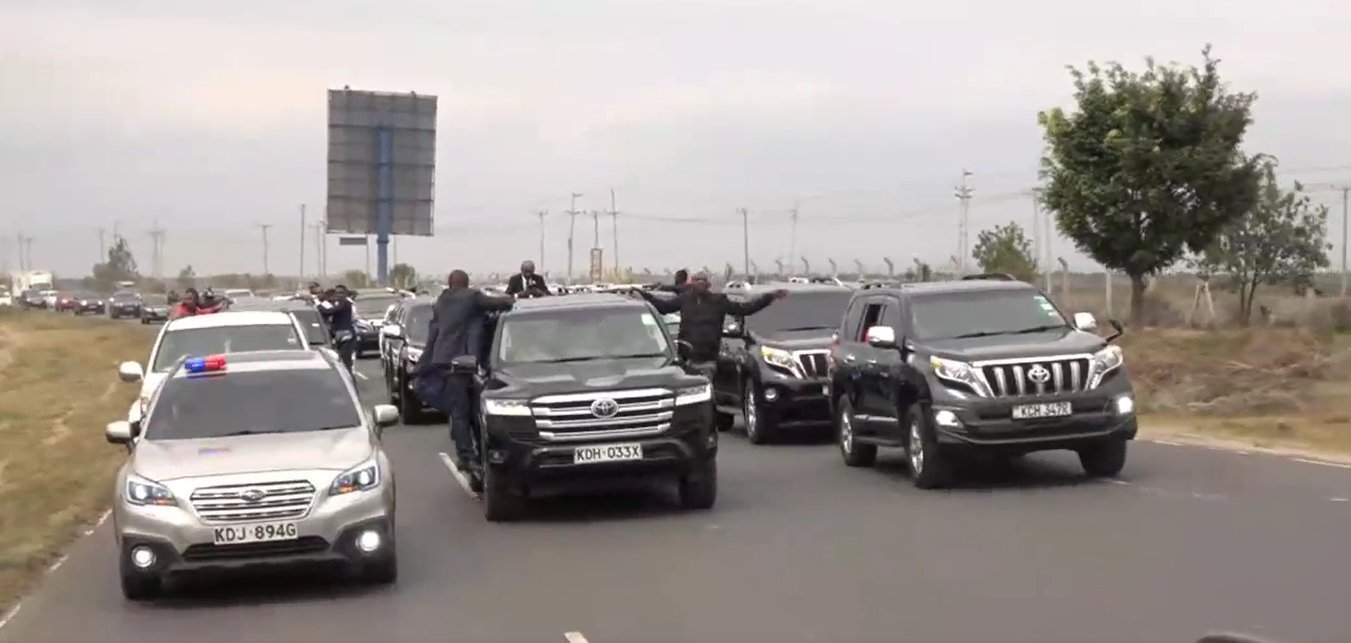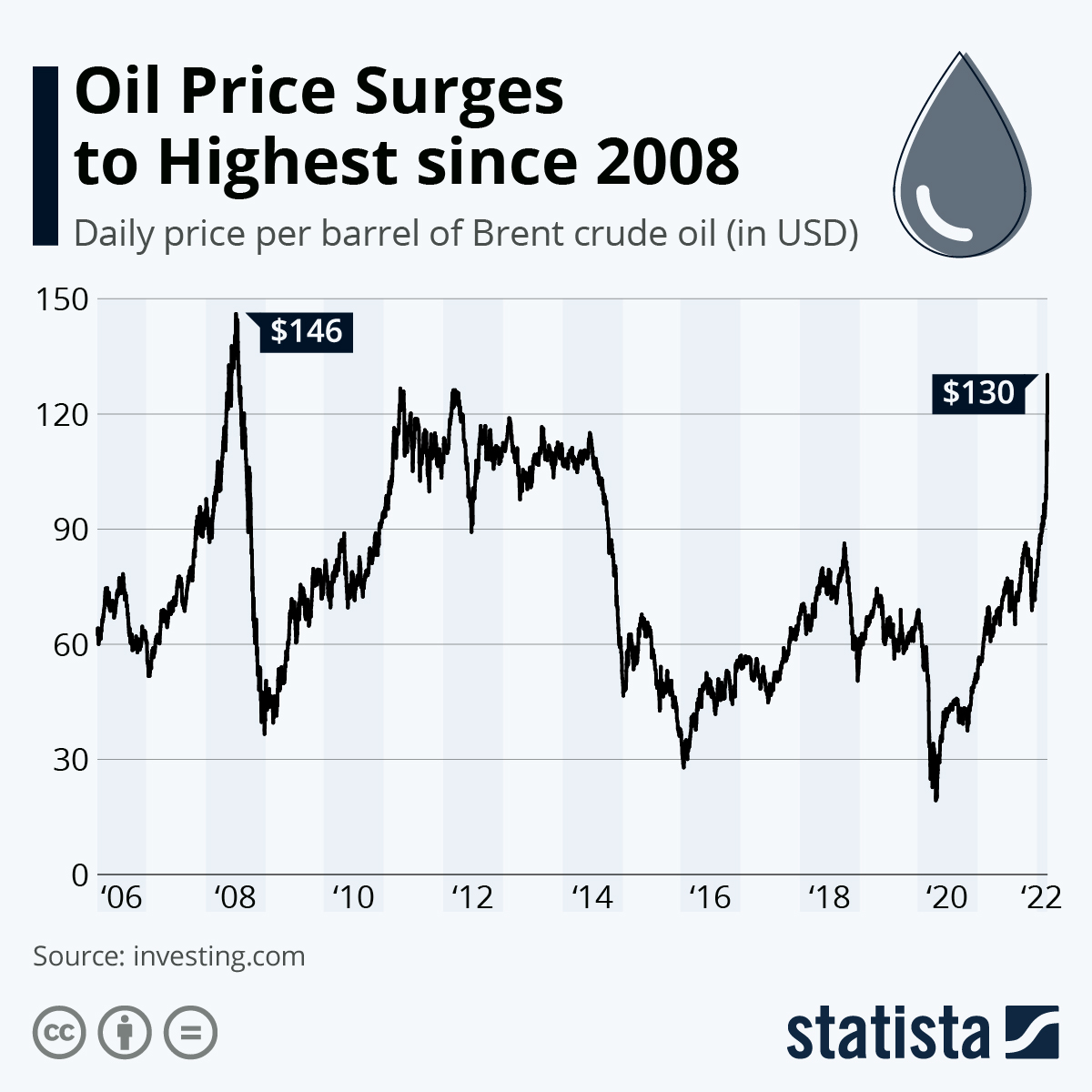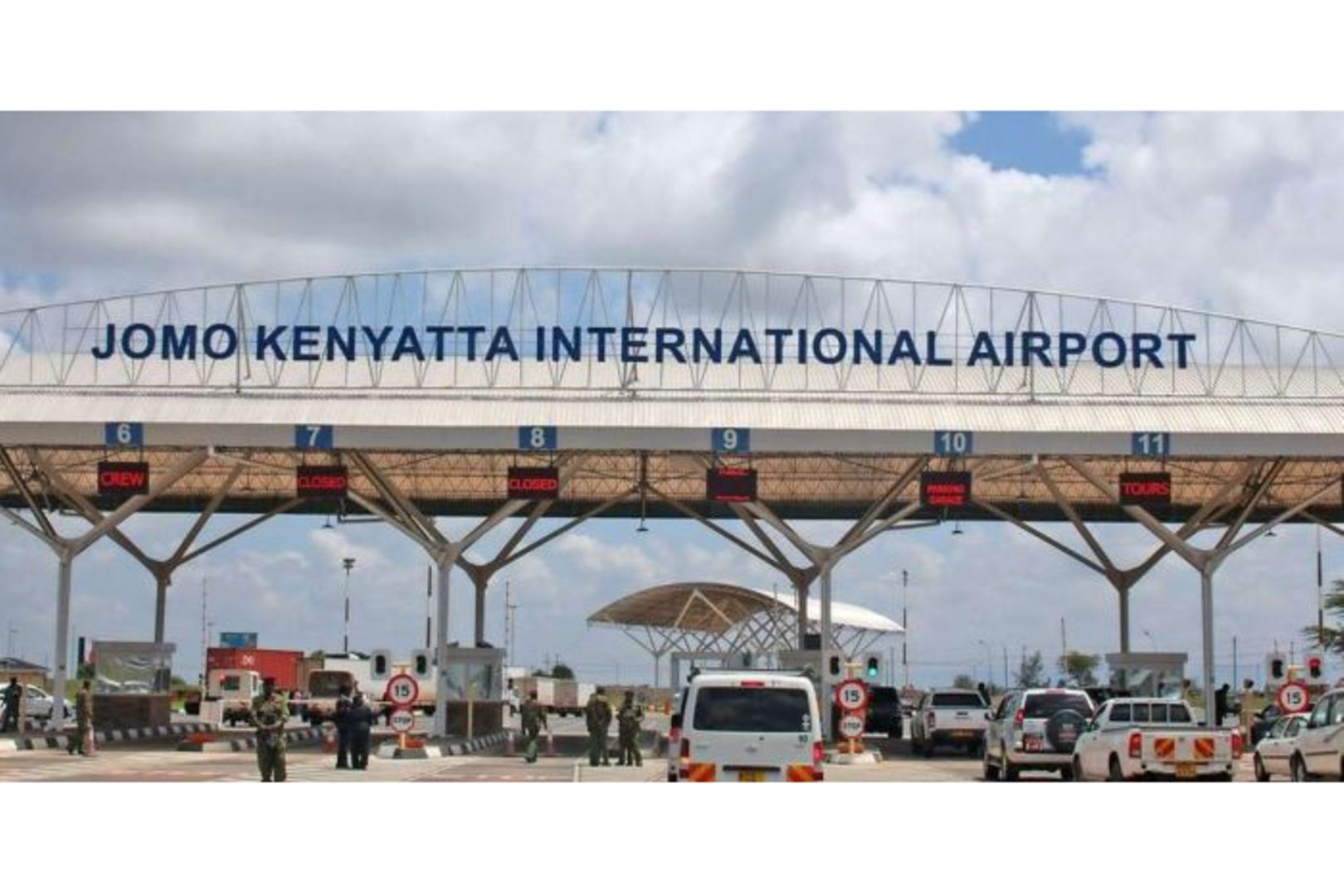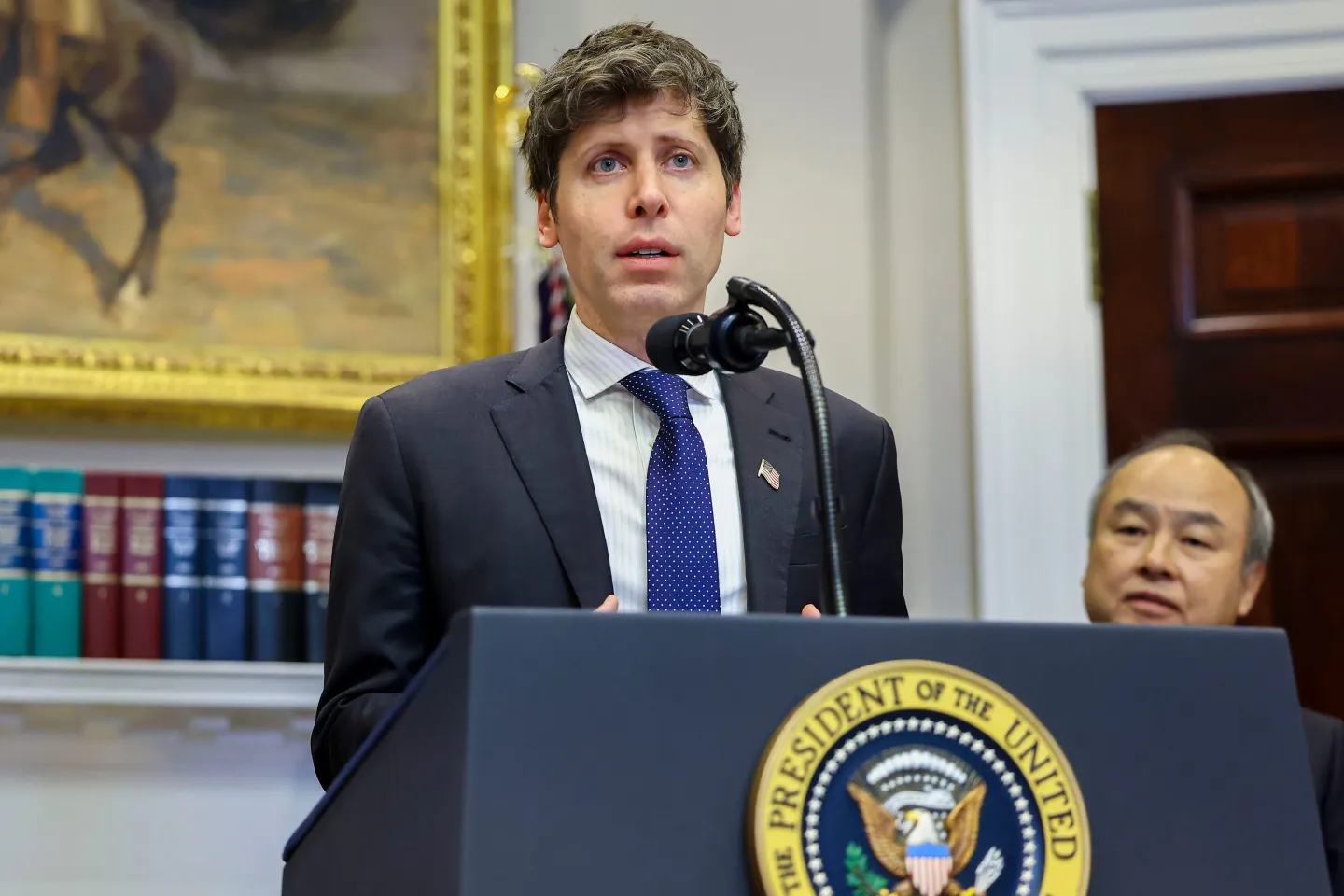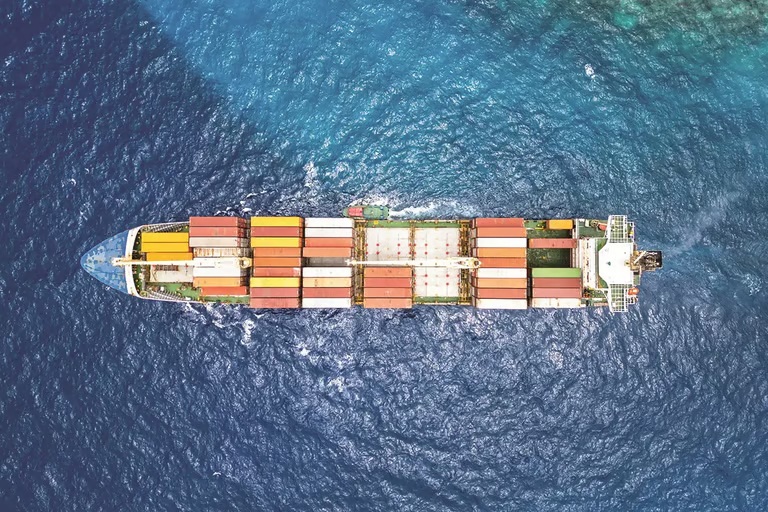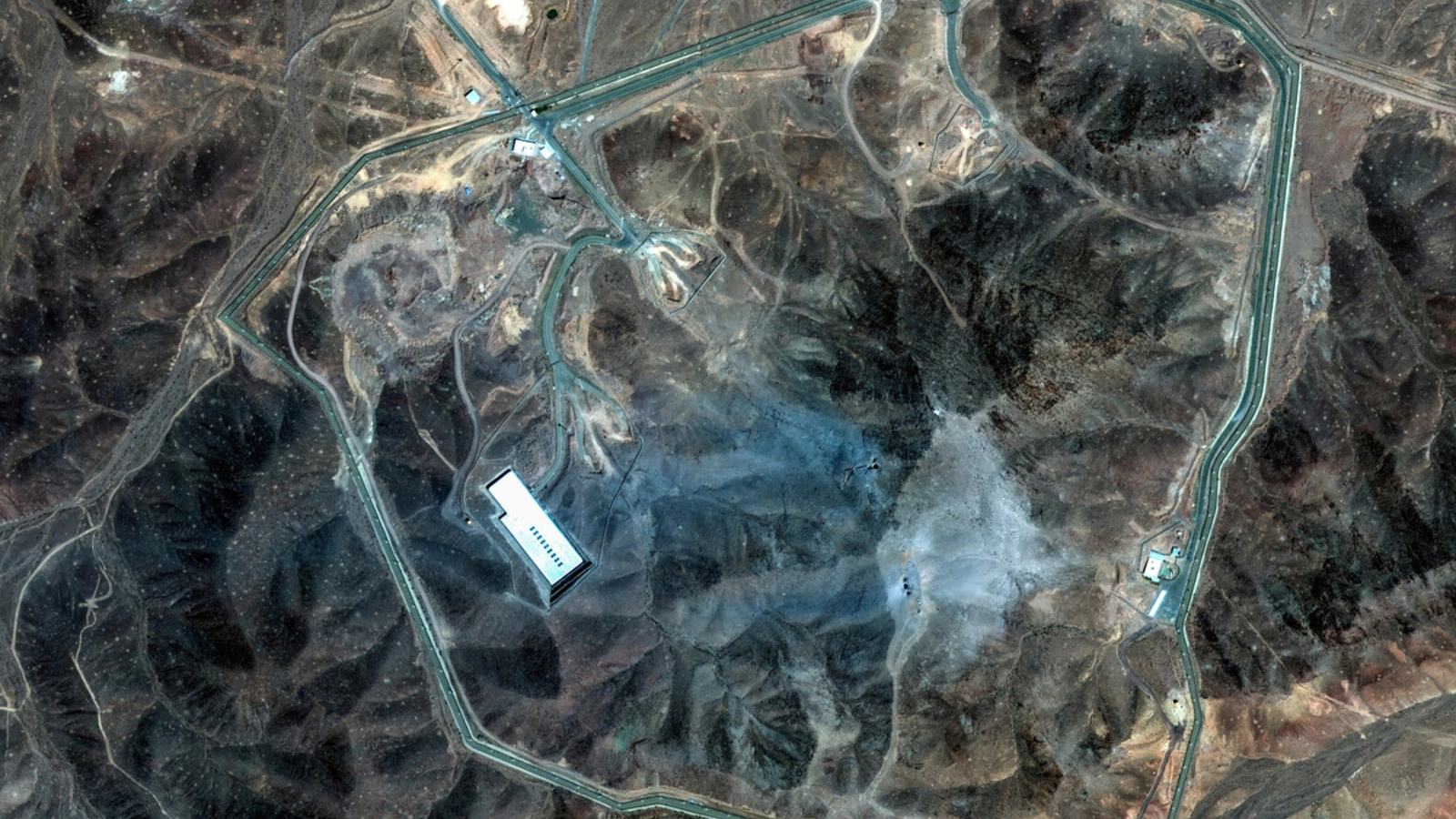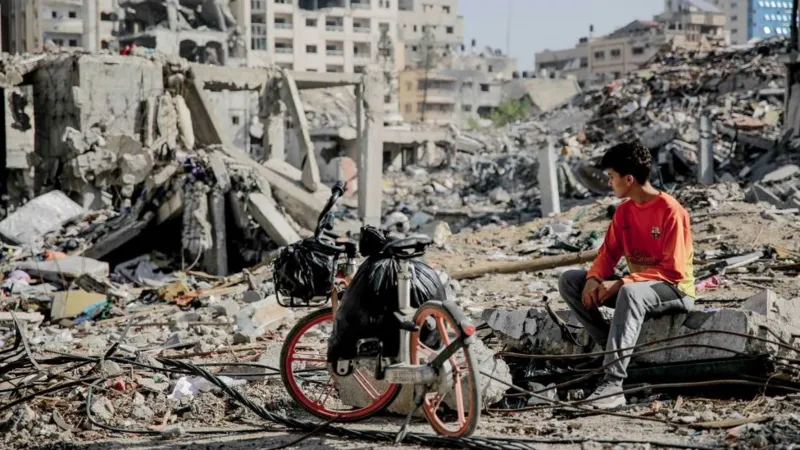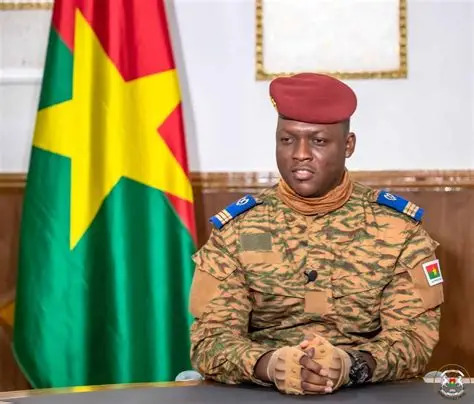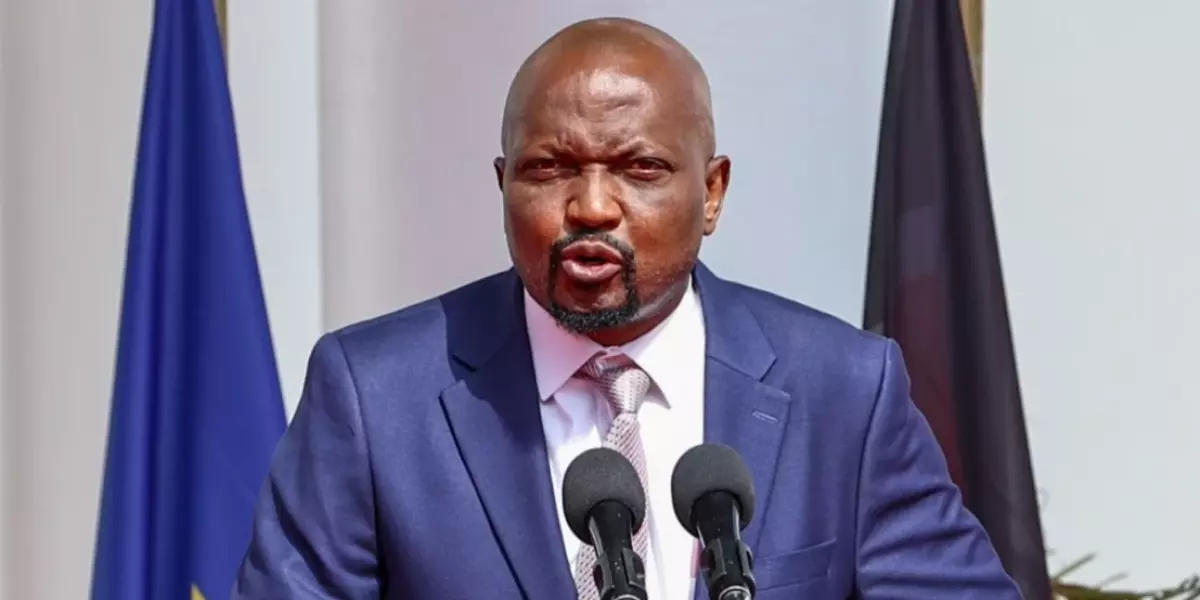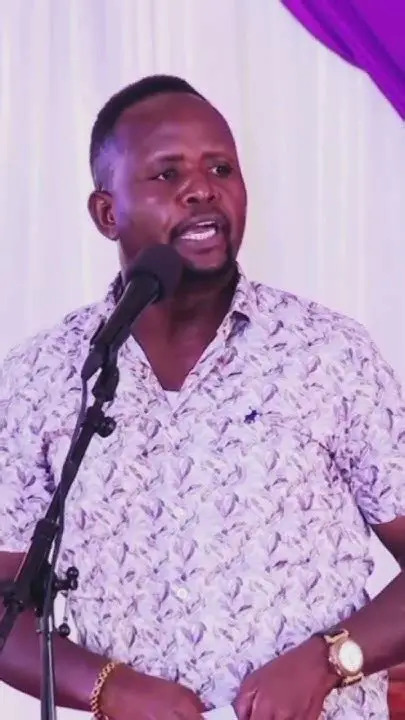U.S.-Russia Summit in Alaska: A Diplomatic Spectacle
The high-stakes summit between U.S. President Donald Trump and Russian President Vladimir Putin at Joint Base Elmendorf-Richardson in Anchorage, Alaska, on Friday, August 15, 2025, concluded with a lot of fanfare but no concrete ceasefire agreement to end the 3.5-year war in Ukraine.1 The meeting, which lasted nearly three hours, was marked by diplomatic symbolism and theatrical military displays, but ultimately left the core issues of the conflict unresolved.2
The Theater of Diplomacy: Symbols Over Substance
The summit began with a carefully orchestrated display meant to project an image of normalization for the Russian leader, who has been largely isolated by the West since the 2022 invasion of Ukraine.3
Red Carpet Rehab
Putin’s arrival on U.S. soil was his first since the war began. He was greeted with a handshake and an unexpected ride in the presidential limousine, "the Beast."4 This gesture was widely seen as a diplomatic win for Putin, who was captured grinning during the ride, a stark contrast to his pariah status under international sanctions and an active ICC arrest warrant for war crimes. The optics were further amplified by Russian Foreign Minister Sergey Lavrov wearing a provocative USSR-branded sweatshirt.
Military Stagecraft
The backdrop for the summit was a display of U.S. military might, with F-22 fighter jets and a B-2 Stealth Bomber soaring overhead as the leaders stood on a platform labeled "ALASKA 2025."5 However, this spectacle was at odds with the grim reality on the ground, as Russian missiles struck Ukrainian cities just hours before the talks, killing civilians.6 Ukrainian President Zelensky's poignant pre-summit warning, "On the day of negotiations, they are killing," highlighted the disconnect between the diplomatic pageantry and the brutal war.7
Negotiation Breakdown: The Unbridgeable Chasm
The core issue of the war proved to be an insurmountable hurdle, as the two leaders failed to find common ground on a path to peace.8
Putin’s Unyielding Demands
Putin reiterated his long-standing demands for peace, which he referred to as eliminating "root causes."9 This phrase is understood to mean Ukraine surrendering occupied territories, abandoning its aspirations to join NATO, and the deposition of its current government. He also warned European nations against "throw[ing] a wrench" into any potential deal.10
Trump’s Pivot to Putin’s Framework
In a shift from previous positions that called for an immediate truce, Trump aligned with Putin's view that a "Peace Agreement" should be pursued directly, rather than a temporary ceasefire.11 He later justified this stance in a Fox News interview, saying, "Ceasefire Agreements often do not hold up." While Trump admitted that "many points" were agreed upon, he conceded that the "most significant" issue remained unresolved.12 Kremlin aides described the talks as "positive" but offered no specifics.
The Fallout: Shifting Blame and Broken Trust
The lack of a concrete outcome from the summit led to a blame game and increased distrust among allies.
Trump’s Pressure on Kyiv
In a striking reversal, Trump placed the onus on Zelensky to "get it done," urging Ukraine to accept land swaps and security guarantees outside of NATO.13 He bluntly stated that "Russia is a very big power, and they’re not." Zelensky is scheduled to meet with Trump in Washington on Monday, a meeting that will be a critical test of Ukraine’s leverage.14
European Alarm
Leaders from Britain, France, and Germany joined Zelensky in a post-summit call, where they vowed to "keep tightening the screws" on Russia with sanctions.15 Former German Ambassador Wolfgang Ischinger declared the summit a "clear 1-0 for Putin," while Lithuania's defense minister accused Putin of "gaslighting."16
The Moscow Tease: A Disturbing Encore?
As the press conference concluded, a seemingly light-hearted exchange between the two leaders alarmed many critics. Putin leaned toward Trump and murmured in English, "Next time in Moscow."17 Trump chuckled and replied, "I’ll get a little heat on that one, but I could see it possibly happening." This exchange, which hinted at a potential future visit, was viewed by critics as a reward for Russia's aggression. For Putin, whose forces are advancing daily, time is a strategic win.
What's Next: The Alaska Aftermath
- Zelensky’s Oval Office Test: The upcoming meeting in Washington could force Ukraine into painful concessions. While Italy’s Meloni hinted at U.S.-backed "security guarantees" that mimic NATO’s Article 5, Trump has explicitly ruled out NATO membership for Ukraine.18
- Sanctions Sword of Damocles: Trump suspended threatened sanctions on Russian oil buyers, citing "progress" from the summit, but warned they could return in "two or three weeks" if Putin stalls.
- The Nobel Prize Gambit: Trump has expressed a desire for a Nobel Peace Prize, with former rival Hillary Clinton even offering a nomination if he avoids territorial concessions for Ukraine—a goal that his Alaska performance fell short of achieving.19
Conclusion: The Ghost of Helsinki Rises
The Anchorage summit echoed Trump’s 2018 meeting with Putin in Helsinki: opaque, contentious, and diplomatically tilted toward Moscow. Despite Trump's own rating of the talks as a "10 out of 10," the absence of a ceasefire, unanswered questions about the private limousine ride, and Putin’s unrepentant posture paint a grim picture. For Ukraine, the message is clear: survival hinges on European resolve and its own willingness to continue the fight or accept a difficult bargain. As Russian state media declared the summit "productive," air raid sirens wailed in Kyiv, a stark reminder that the war grinds on, unimpressed by the pageantry of diplomacy.20

